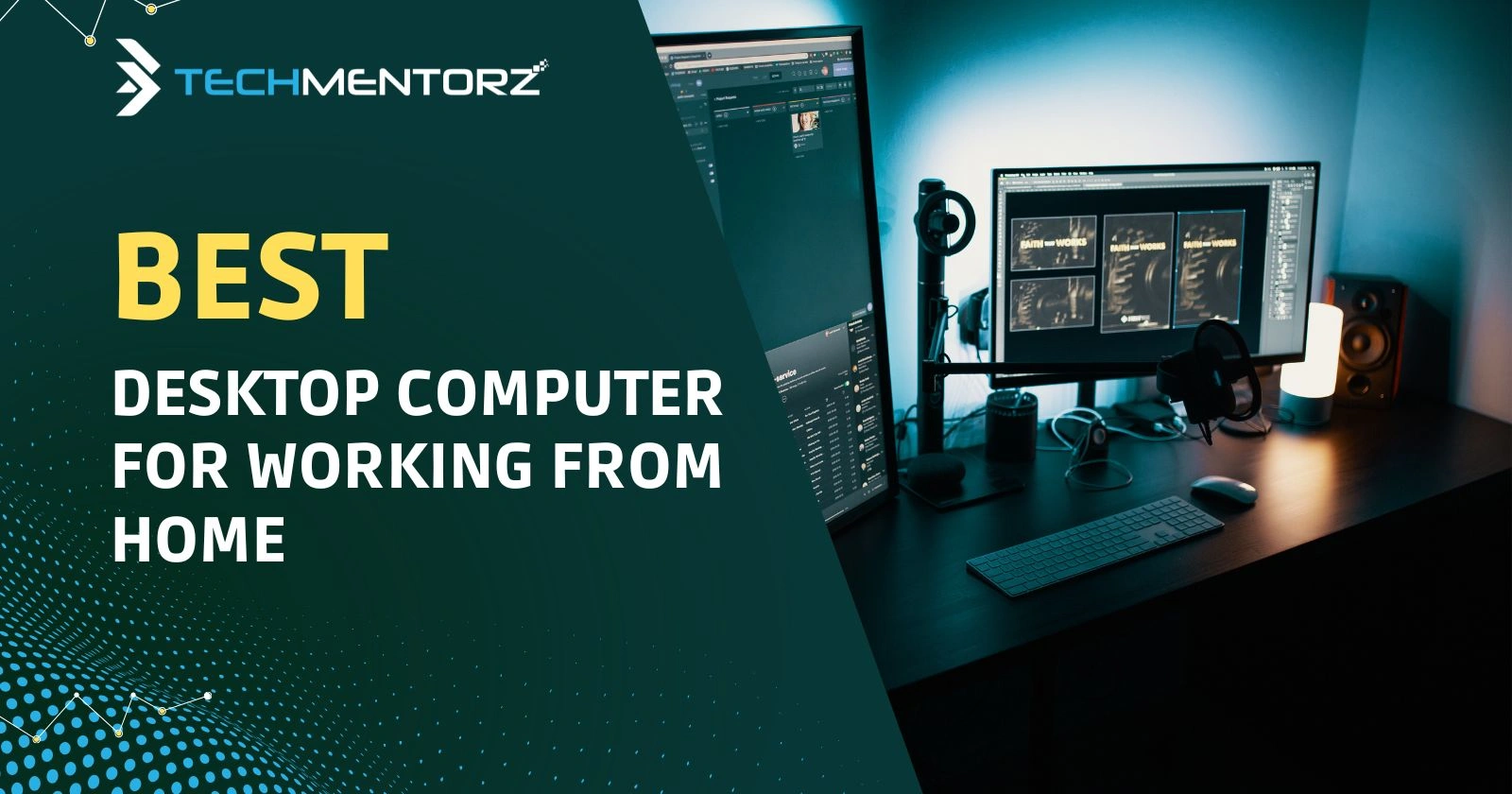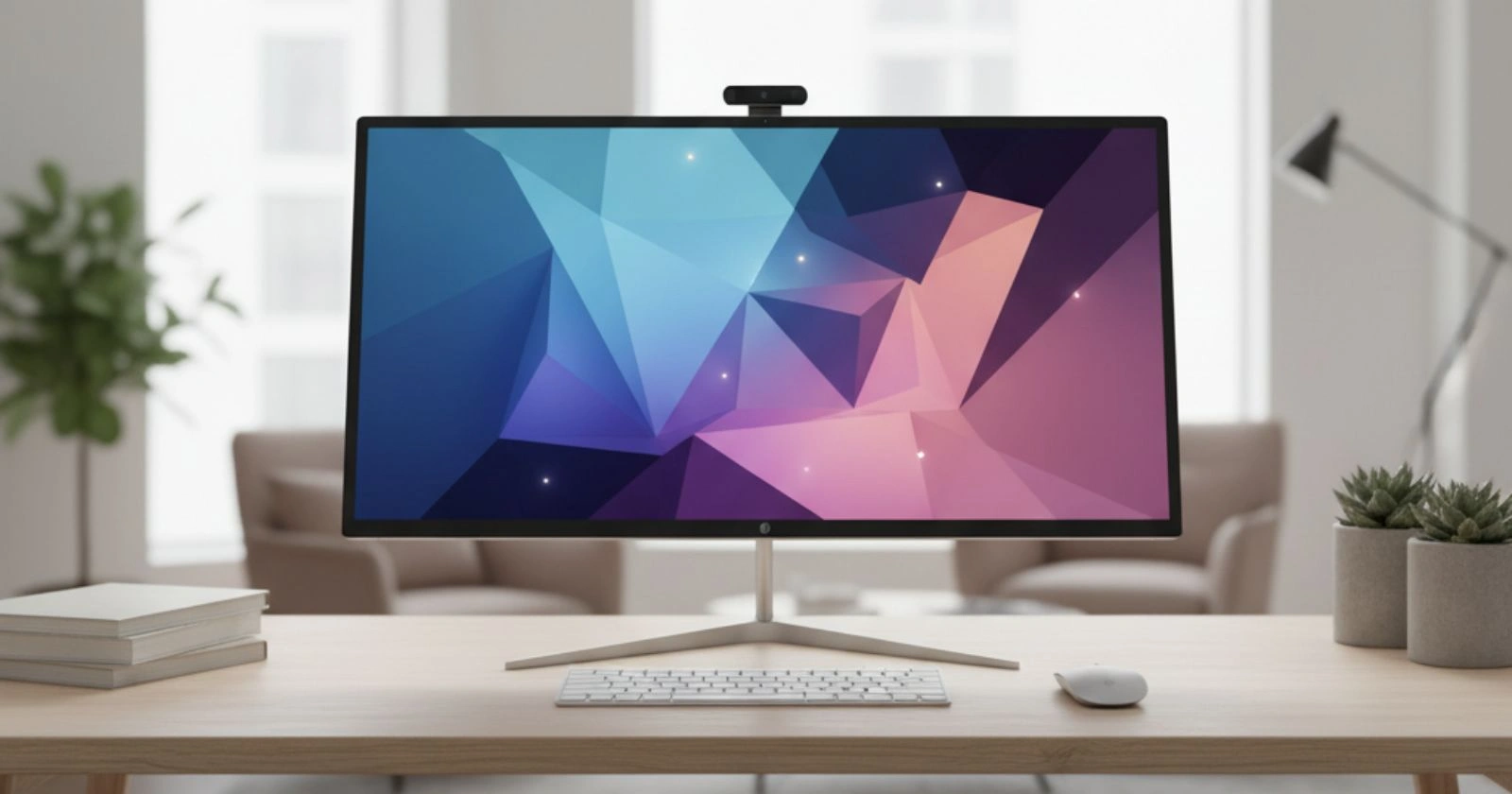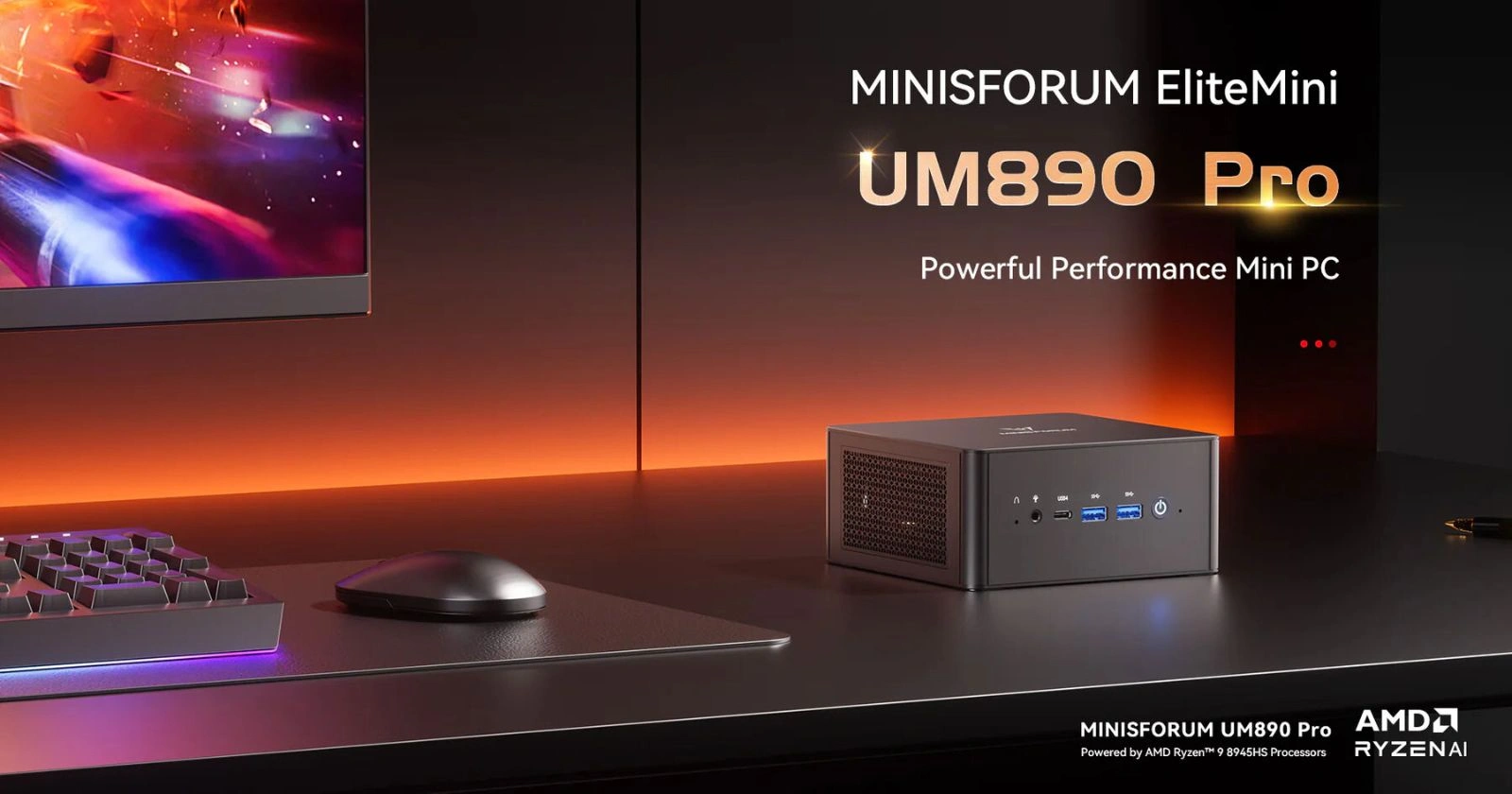
Best desktop computer for working from home
The world of work has changed for good. The home office is no longer a temporary setup; it’s the command center for careers. And at the heart of that command center is the desktop computer—the reliable, powerful workhorse that doesn’t run out of battery or compromise on performance.
But choosing the right one can feel like a nightmare. You’re bombarded with terms like cores, threads, teraflops, and a dizzying array of models that all claim to be the "best
You’ve searched for how to choose the right industrial supplies, and you need more than a simple checklist. You need a framework. This definitive guide provides that framework. We will move beyond product catalogs to explore a strategic, step-by-step process for analyzing your needs, understanding the core categories of supplies, evaluating suppliers, and implementing a procurement strategy that saves you money and builds a more resilient business.
First, Let's Figure Out Who You Are
Before we even look at a single product, we need to answer one question: What kind of work do you actually do? A PC for writing emails and a PC for editing 8K video are two entirely different beasts.
Let's find your profile:
The Everyday Professional:
Your day consists of Microsoft Office (or Google Workspace), endless browser tabs, Slack/Teams calls, and maybe some light photo management. You need a machine that is fast, reliable, and quiet. You don't need world-breaking power, you need seamless efficiency.
The Creative Pro:
You're a graphic designer, video editor, 3D artist, or photographer. Your computer is your canvas. You live in Adobe Creative Cloud, DaVinci Resolve, or Blender. You need a powerhouse with a top-tier processor (CPU), tons of memory (RAM), and a formidable graphics card (GPU).
The Power User / Developer:
You're compiling code, running virtual machines, analysing massive datasets, or juggling complex financial models. Multi-core CPU performance and an abundance of RAM are your best friends. A dedicated GPU might be less critical unless you're into machine learning.
The Minimalist / Space-Saver:
Your desk space is sacred. You value aesthetics and a clean, cable-free environment. Performance is important, but so is the machine's physical footprint and design. You're likely drawn to All-in-One (AIO) or Mini PCs.
Keep your profile in mind. It's the compass that will guide you to the right choice
Top WFH Desktop Picks for Late 2025
Now for the main event. I've broken down my top picks into three categories: sleek All-in-Ones, powerful Towers, and compact Mini PCs.
The All-in-One Champions (Simplicity & Style)
All-in-Ones pack the entire computer into the monitor. They offer a one-plug setup, a beautiful aesthetic, and zero tower clutter.
1. Apple iMac 27-inch (M5 Pro)
.webp)
Best For: Creative Pros, Apple ecosystem users, and Minimalists who demand performance.
Key Specifications:
- 1. System on Chip (SoC): Apple M5 Pro
- 2. Operating System: Latest version of macOS
- 3. Unified Memory (RAM): 32GB (configurable up to 96GB)
- 4. Storage: 1TB PCIe Gen 5 SSD (configurable up to 8TB)
- 5. Display: 27-inch 5.5K "Liquid Retina XDR" Display with ProMotion
- 6. Key Features: Studio-quality three-mic array, six-speaker sound system with Spatial Audio, 4K FaceTime camera.
The 2025 iMac with the M5 Pro chip is a masterpiece of engineering. The star of the show is the stunning 5.5K ProMotion display with mini-LED backlighting, offering incredible brightness and contrast. The M5 Pro chip barely breaks a sweat, encoding video or compiling code, all while remaining virtually silent. The built-in webcam, microphone array, and speakers are still the best in the business.
2. HP Envy 34 All-in-One

Best For: The Everyday Professional, families, and Windows users who value flexibility.
Key Specifications:
- 1. CPU: Intel Core Ultra 9 Processor (16th Gen)
- 2. Operating System: Windows 12 Home
- 3. RAM Memory: 32GB DDR5
- 4. Memory Storage: 1TB PCIe Gen 4 NVMe SSD
- 5. Screen Size: 34-inch 5K WUHD Display
- 6. Key Features: Detachable 4K webcam, integrated Bang & Olufsen speakers, Qi wireless charging pad in base.
HP has been nailing the AIO game for Windows users. This machine features a brilliant, wide 5K display that's perfect for multitasking. Inside, you'll find the latest Intel Core Ultra 9 processor, which is more than enough for all productivity tasks. The standout feature is its thoughtful design, including a base that can wirelessly charge your phone.
The Traditional Tower Workhorses (Maximum Power & Upgradeability)
For those who refuse to compromise on performance and want the ability to upgrade their machine down the line, the traditional tower is still king.
1. Dell XPS Tower (8980)
.webp)
Best For: Creative Pros and Power Users who want ultimate performance with off-the-shelf convenience.
Key Specifications:
- 1. CPU: Intel Core i9-16900K
- 2. Operating System: Windows 12 Pro
- 3. RAM Memory: 32GB DDR5 (configurable up to 128GB)
- 4. Memory Storage: 1TB PCIe Gen 5 NVMe SSD (plus expansion bays)
- 5. Graphics: NVIDIA GeForce RTX 5080
- 6. Key Features: Tool-less, easily upgradeable chassis, robust cooling options, extensive port selection.
The Dell XPS Tower is the gold standard for pre-built Windows powerhouses. You can configure this beast with top-of-the-line components that will rip through 8K video timelines, complex 3D renders, and massive codebases without flinching. The chassis is understated, well-ventilated, and designed for tool-less access, making future upgrades a breeze.
2. The Custom-Built PC (The Enthusiast's Choice)
.webp)
Best For: Anyone who wants the absolute best performance for their money and enjoys a hands-on approach.
Key Specifications:
- 1. CPU: User Choice (e.g., AMD Ryzen 9 9900X or Intel Core i7-16700K)
- 2. Operating System: User Choice (Typically Windows 12 Pro or Linux)
- 3. RAM Memory: User Choice (e.g., 32GB / 64GB DDR5-6400MHz+)
- 4. Memory Storage: User Choice (e.g., 2TB+ PCIe Gen 5 NVMe SSD)
- 5. Graphics: User Choice (e.g., NVIDIA GeForce RTX 5070 Ti or AMD Radeon RX 8800 XT)
- 6. Key Features: Complete user control over every component, performance, and aesthetic
Building your own PC is the undisputed path to maximum value and customization. You control every single component, allowing you to tailor it perfectly to your workflow, avoiding bottlenecks and saving money by not paying for parts you don't need.
The Mighty Mini PCs (Compact & Deceptively Capable)
These tiny powerhouses offer incredible performance in a package that can fit in the palm of your hand, perfect for a clean desk setup where you bring your own monitor.
1. Apple Mac mini (M5 Pro)
.webp)
Best For: Developers, audio producers, and any power user who already has a monitor and loves the Apple ecosystem.
Key Specifications:
- 1. System on Chip (SoC): Apple M5 Pro
- 2. Operating System: Latest version of macOS
- 3. Unified Memory (RAM): 18GB or 36GB configurations
- 4. Storage: 512GB PCIe Gen 5 SSD (configurable up to 8TB)
- 5. Ports: 4x Thunderbolt 5, HDMI, 2x USB-A, 10Gb Ethernet option
- 6. Key Features: Pro-level performance in an ultra-compact 7.7-inch square chassis
The Mac mini is the unsung hero of the Mac lineup. It takes the brain of the iMac and MacBook Pro and puts it in a small, unassuming silver box. The M5 Pro configuration is a monster for its size, offering performance that rivals massive PC towers from just a few years ago.
2. Minisforum EliteMini UM890 Pro

Best For: The Everyday Professional and Power User on Windows who want the smallest possible footprint.
Key Specifications:
- 1. CPU: AMD Ryzen 9 8945HS
- 2. Operating System: Windows 12 Pro
- 3. RAM Memory: User-upgradeable, up to 64GB DDR5 SODIMM
- 4. Storage: Dual PCIe Gen 4 NVMe SSD slots
- 5. Graphics: Integrated AMD RDNA 4 Architecture
- 6. Key Features: VESA-mountable design for zero-footprint setup, dual 4K display support.
Brands like Minisforum are creating absolute marvels. These machines pack high-end laptop processors into a chassis barely larger than a stack of coasters. They are shockingly capable productivity machines that can be mounted to the back of a monitor for a true "zero footprint" setup.
Final Thoughts: Investing in Your Productivity
So, we've covered the contenders, from sleek all-in-ones to tiny powerhouses and upgradable towers. The most important takeaway is this: there is no single "best" computer. The best computer is the one that vanishes into your workflow, allowing you to focus on your work, not on the machine.
Think of this purchase as an investment in your career. A cheap, underpowered machine will cost you hours in frustration and lost productivity. Spending a little more on the right machine will pay for itself many times over. If you or your business prefer an expert to handle this process, it's wise to consult a specialist. For example, TehMentorz offers some of the best IT procurement services available, ensuring you get the perfect, competitively-priced hardware without the research headache.
And remember, the desktop is the heart of your setup, but it's not the whole story. Don't forget to budget for a high-quality monitor (or two!), an ergonomic keyboard and mouse, and a good webcam. These peripherals are your primary interaction points and are just as crucial to a comfortable and productive home office. Choose wisely, and you won't just be buying a box of components; you'll be building a reliable partner for your workday.
Frequently Asked Questions (FAQs)
-
1. How much RAM do I really need in late 2025?
Think of RAM as your computer's active workspace. For 2025, 16GB is the absolute minimum for smooth multitasking. I strongly recommend 32GB for most professionals, as it provides comfortable headroom for numerous browser tabs, apps, and background processes. Creative and technical pros should start at 32GB and seriously consider 64GB or more. -
2. Is a Mac or a Windows PC better for working from home?
This comes down to your software and existing ecosystem. If you're already invested in Apple's world with an iPhone and iPad, a Mac offers seamless integration. They are also favored in many creative industries for their stability and optimized pro software. Windows PCs, on the other hand, offer unparalleled hardware choice, upgradeability, and compatibility with the widest range of business software and games. Neither is "better"—they serve different users. -
3. Can't I just use a powerful laptop instead of a desktop?
You certainly can, but desktops offer significant advantages for a fixed workspace. For the same price, a desktop will almost always give you more performance (better cooling, full-power components). They are also more ergonomic when paired with a large monitor, and their lifespan is longer due to easier repairs and upgrades. Laptops are for mobility; desktops are for stationary power and comfort. -
4. How important is a graphics card (GPU) if I don't play games?
For everyday professionals who work in documents, spreadsheets, and browsers, the integrated graphics built into modern CPUs are more than sufficient. However, a dedicated graphics card (like an NVIDIA RTX or AMD Radeon) is essential for creative professionals. It dramatically accelerates tasks in video editing, 3D modeling, graphic design, and is increasingly used for AI and machine learning applications. -
5. For a PC tower, is it better to buy pre-built or build my own?
If you want a single point of contact for warranty and support and just want a machine that works out of the box, a pre-built from a reputable brand like Dell, HP, or a boutique builder is the way to go. If you are comfortable with some research (and watching a few YouTube videos), building your own PC offers the best performance for your money and total control over every single component.
